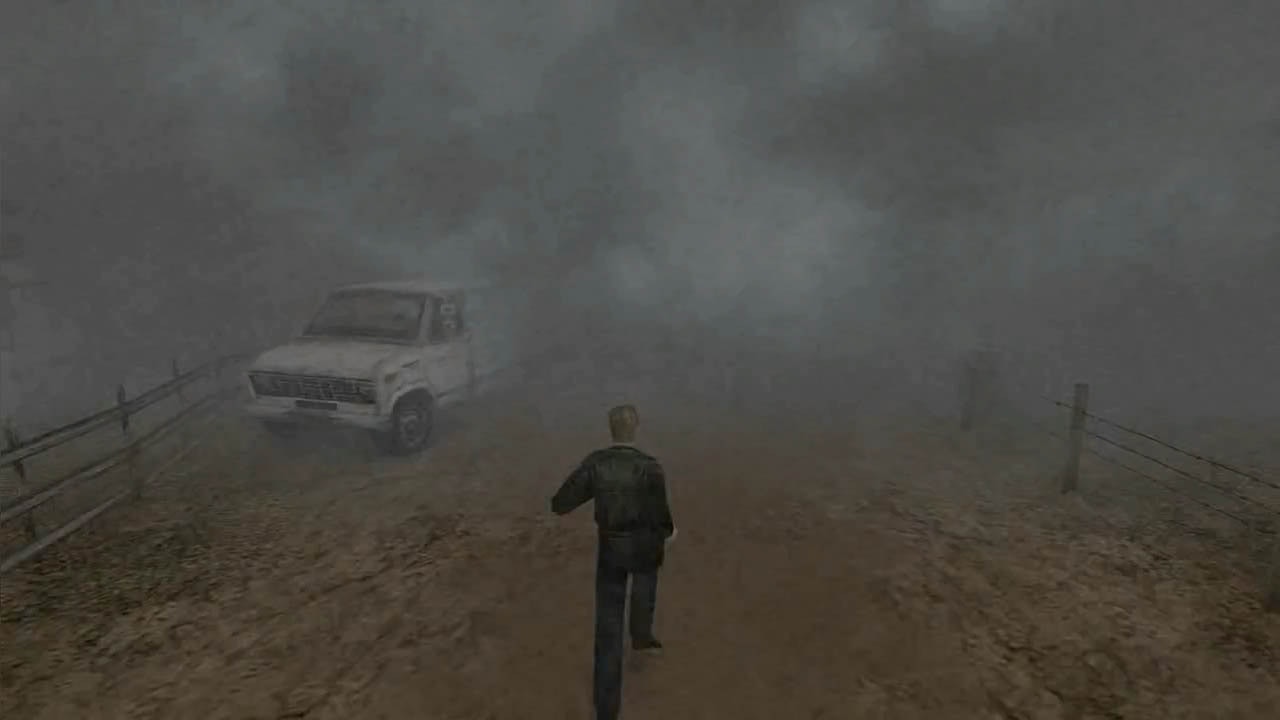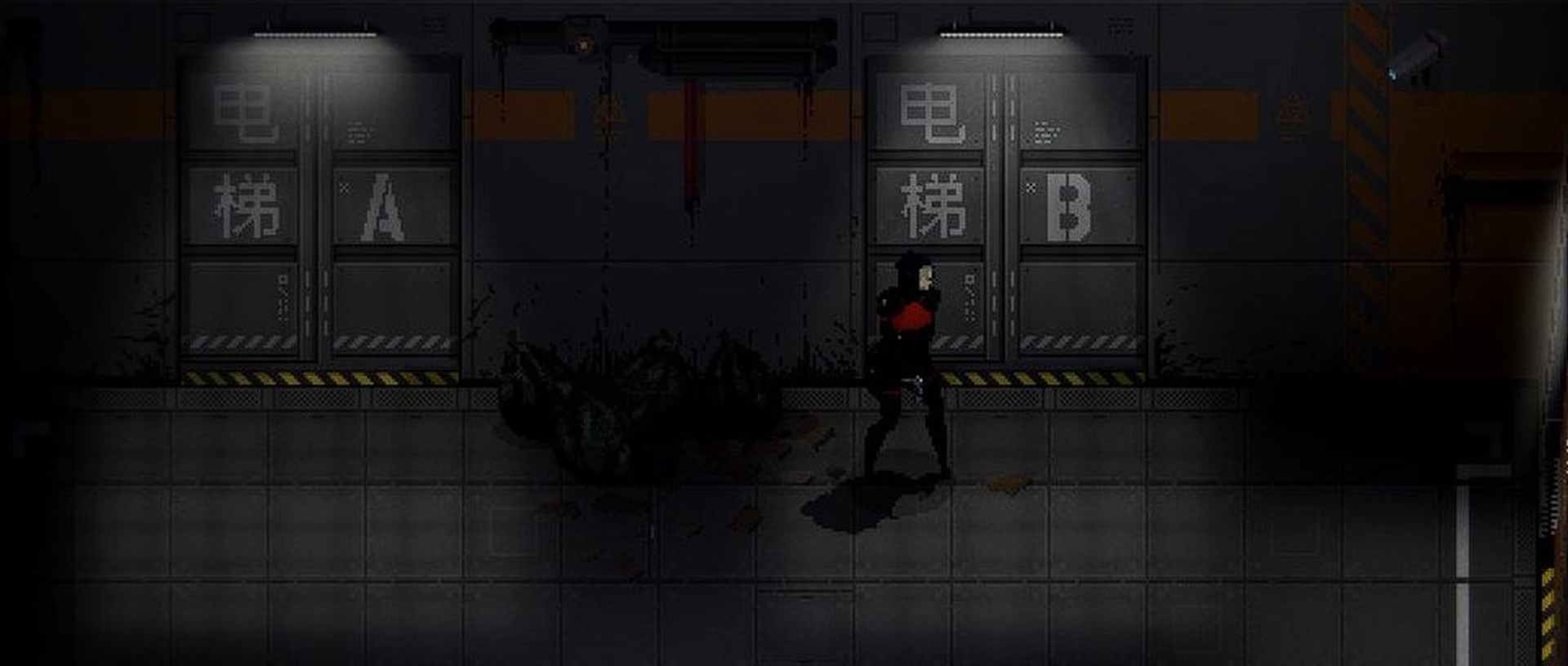
Konami held a special stream on October 19, 2022, to announce the future of the Silent Hill franchise. In addition to no more than three entirely new entries in the series, the publisher also announced that the much-rumored Silent Hill 2 remake is in the works. While the remake’s modern graphics look stunning, this focus on intense realism in remakes at large (especially in horror games) loses some of what made the original properties so terrifying to the point they still keep us up at night.
A waking nightmare
Have you ever tried to recall a nightmare after waking up in a sweat? The longer you are separated from sleep the harder it is to reach out and grasp what you just experienced, leaving you only with an elevated heart rate and a sense of dread.
Dreams hold a separate architecture from the real world, something liminal and unknowable. Walking through a dream feels heavy, every step pulling you down deeper into the recesses of your own subconscious. Everything feels hazy, not quite clear enough to parse, as if a layer of fog sits over everything in your nightmare, hiding something.
Silent Hill 2 is one of the best horror games ever made, mainly because it is keenly aware of that blurry line between nightmare and conscious fear.
The deep psychological horror and study of its characters still feel groundbreaking 21 years later. So, in a post-Resident Evil 2 remake and Alan Wake Remastered world, it was almost inevitable that Konami would bring this classic back.
Developed by Bloober Team (makers of The Medium), the Silent Hill 2 remake will be a complete graphical and gameplay overhaul of the original, built from the ground up in Unreal Engine 5. Bloober Team hopes that these updates will make Silent Hill 2 “an even more harrowing and unforgettable experience for fans old and new.”
Based on the footage and screenshots of the game, it looks undeniably “good” — but looks aren’t everything. The Silent Hill 2 remake is just the latest in a string of titles that highlight the industry’s obsession with bringing old (or not so old) games to new audiences by focusing solely on realism as a metric for success.

Mother of Invention
Video games as an artistic medium are pieces of compromise and problem-solving. While they are art, they are also pieces of technology limited by the capabilities of whatever hardware existed at the time of development. For Silent Hill 2, those limitations came from the PlayStation 2 hardware.
Looking at Silent Hill 2, you can tell some things aren’t quite right. The CGI cutscenes fall squarely into the uncanny valley, with the voice acting leaning hard into this. In 2016, Inverse highlighted how the “cast plays off each other as if they’re in a dream, often with disconnected or exaggerated inflection and timing.” These strange choices work to the benefit of Silent Hill 2. The entire narrative and thematic meaning behind the game is heavily surrealist, relying on metaphors and symbolism.
Graphically, the limitations in Silent Hill made the game world feel restrictive. While protagonist James can navigate the town, he can only ever see a few feet in front of him, as the iconic Silent Hill fog blocks his view. It’s a great trick that the developers pulled off, leveraging hardware limitations to create a game mechanic that ultimately reinforces the game’s core themes while enhancing the mystery. The original Silent Hill used fog and darkness as a way to not overburden the original PlayStation’s hardware. Narratively, the fog is a reflection of the surreal town that is Silent Hill. It is a place of unknowable horror that lurks directly out of sight at all times.
That’s why playing Silent Hill 2 feels like being trapped in an actual nightmare.
As the saying goes, “necessity is the mother of invention,” and Silent Hill 2 fully embraces this. It follows in the footsteps of great artistic achievements that came from problems in need of creative solutions. The fog of Silent Hill is comparable to the titular shark in Jaws. Famously the animatronic was a finicky piece of garbage that was constantly breaking to the point Spielberg decided to keep it off-screen for the majority of the film, instead using smart cinematography and John William’s now iconic theme to instill fear in the audience. Silent Hill 2’s dread comes in not knowing what lies ahead, a feeling that is dialed to eleven thanks to an incredible soundtrack from Akira Yamaoka.

Lessons learned
Silent Hill 2 remake’s Creative Director and Lead Designer Mateusz Lenart shared that “players won’t see any loading screens as they seamlessly explore the entirety of the Silent Hill town.” While on paper this sounds like it would bring more immersion, it just leverages better hardware to make impressive technical accomplishments. These do not in themselves justify a remake. Every creative decision shared by Konami and Bloober Team so far about the Silent Hill 2 remake focuses on improving the realism of the original while losing the surrealism that made it special in the first place.
While AAA studios continue to turn out prettier remakes of bonified hits like The Last of Us and Dead Space, there is something being lost in translation. For horror games this works against the dread they aim to cause. Focusing on realism isn’t the only option, as the indie horror game scene makes it abundantly clear.
Projects like Haunted PS1 and games like Signalis or Tormented Souls look back at a bygone age of development in order to learn something about how horror is communicated in games with technological limitations. By restricting development to a certain level of hardware these low-poly adventures crystallize what made games like Silent Hill 2 so great in the first place. They prey on the inherent fear of the unknown that we all have, forcing us to confront the liminal nightmare spaces that we have respite from in our waking hours.
Remakes do not need to be inherently flawed artistic endeavors. Looking back at a specific era in gaming or a classic title has value. Silent Hill 2 contains numerous lessons to be learned about survival horror game design. But while indie developers seek out these lessons to make something more meaningful, AAA publishers like Konami seem more focused on how to make these classics look as pretty as possible. While the Silent Hill 2 remake’s fog might be nicer than ever, it isn’t always better to know what lies beyond it.







